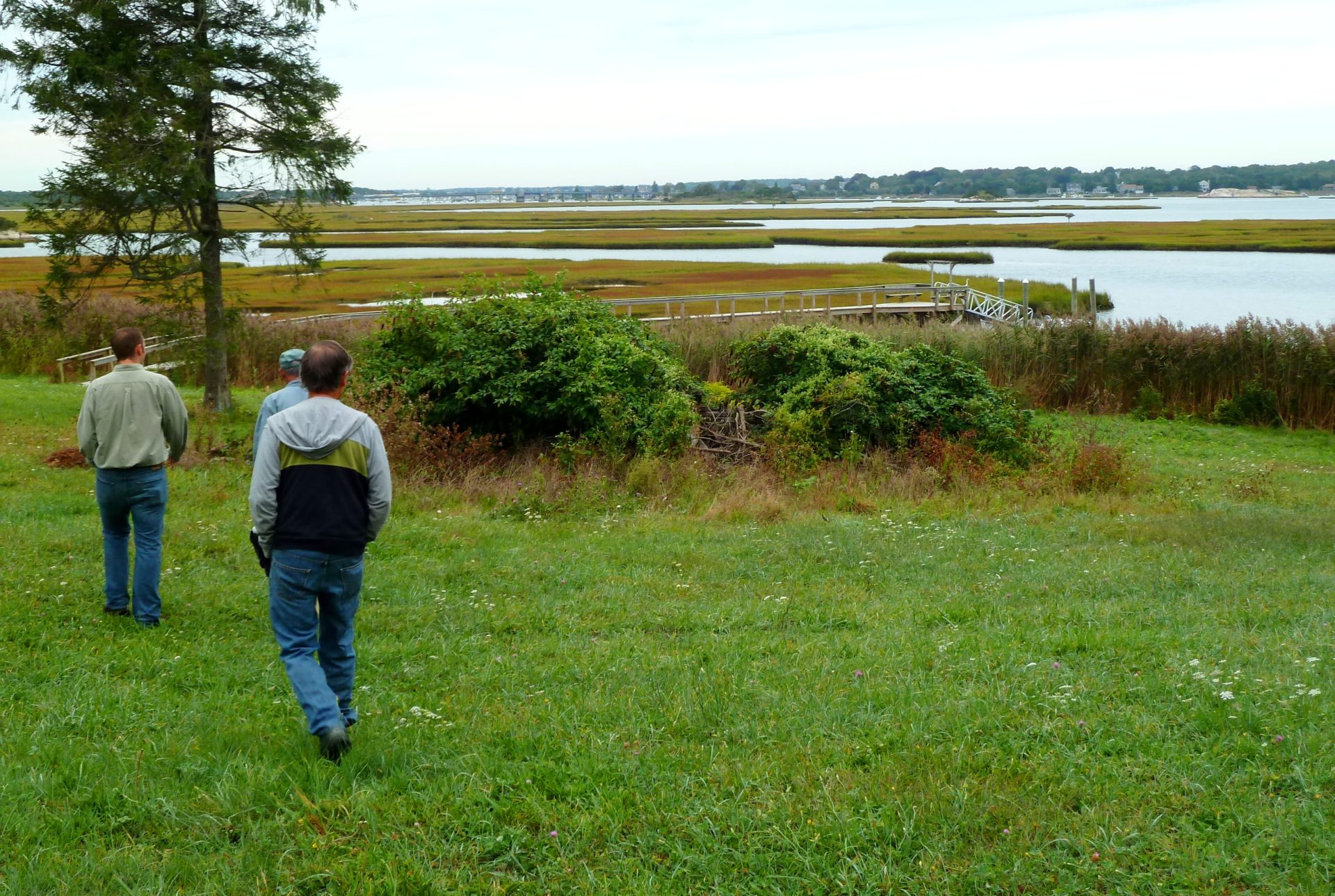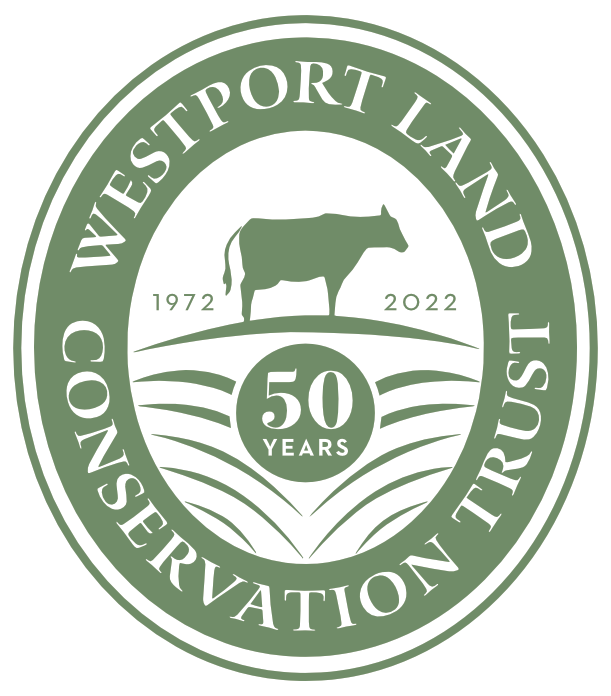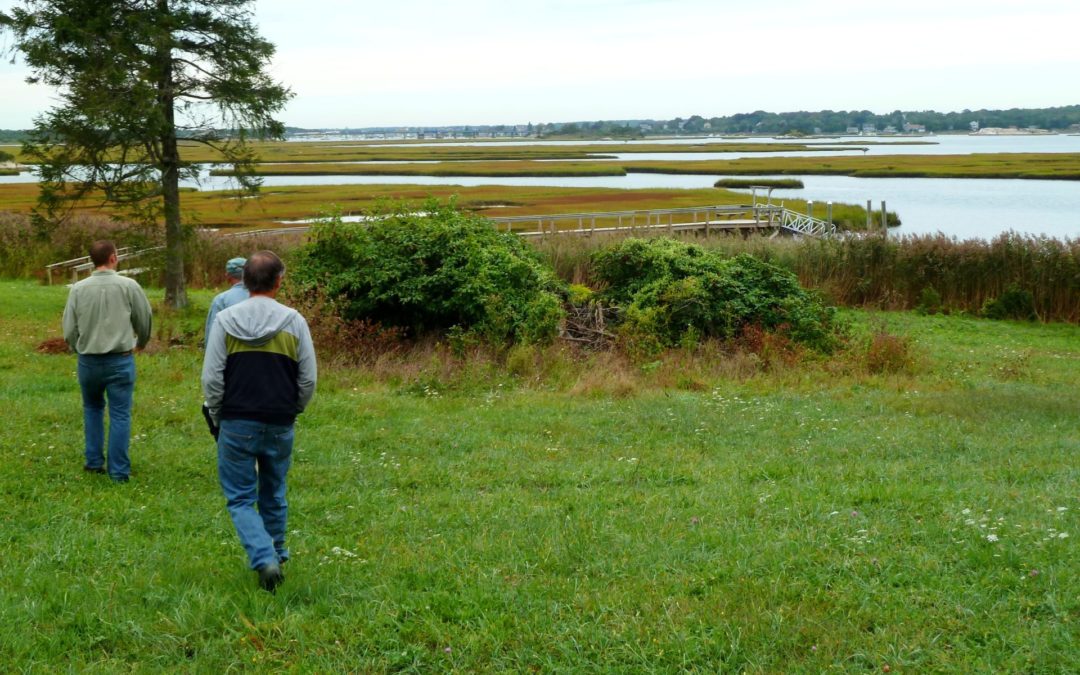
Choosing conservation can be driven by a number of different factors, but each landowner has a story to tell
If you have ever enjoyed a walk through one of WLCT’s 12 destination properties, perhaps you’ve wondered how those properties came to be. Every property has a story, and every property protected by WLCT starts with a landowner and their story. Choosing conservation can be driven by a number of different factors, but each landowner has a story to tell. WLCT listens to those stories and builds relationships with landowners who are considering conservation. We discuss their needs and options and determine if they align with WLCT’s mission to:
To acquire and preserve natural resources, farmland and wildlife areas for the use and enjoyment of present and future generations; to preserve and protect historic sites; to educate the public about the wise use of natural resources; and to work with other organizations having similar purpose
WLCT has worked with over 150 landowners since 1972 and protects land with a variety of land protection tools. Two of the most popular tools are land donations and conservation restrictions. The first property was donated to WLCT in 1973 and the first conservation restriction was donated in 1982. Properties owned by WLCT are open to the public for passive recreation. Conservation restrictions are permanently protected properties that remain owned by the landowner but cannot be developed, and remain in their predominantly natural or agricultural state. (Each conservation restriction is unique to the property.)
We prioritize our efforts by collaborating with our community to identify properties that represent the “Best of Westport”; the best examples of natural resources, farmland, and wildlife areas across town. We then work with landowners to find the most suitable land protection tool for their specific property. Some projects are completed in a few months; others may take years. Many properties are donated and in specific situations, WLCT will partner with the Town of Westport or other organizations to purchase a property or conservation restriction.
Visit How To Conserve My Land to learn more about the land protection tools. And feel free to contact us with any questions by phone at (508) 636-9228.


